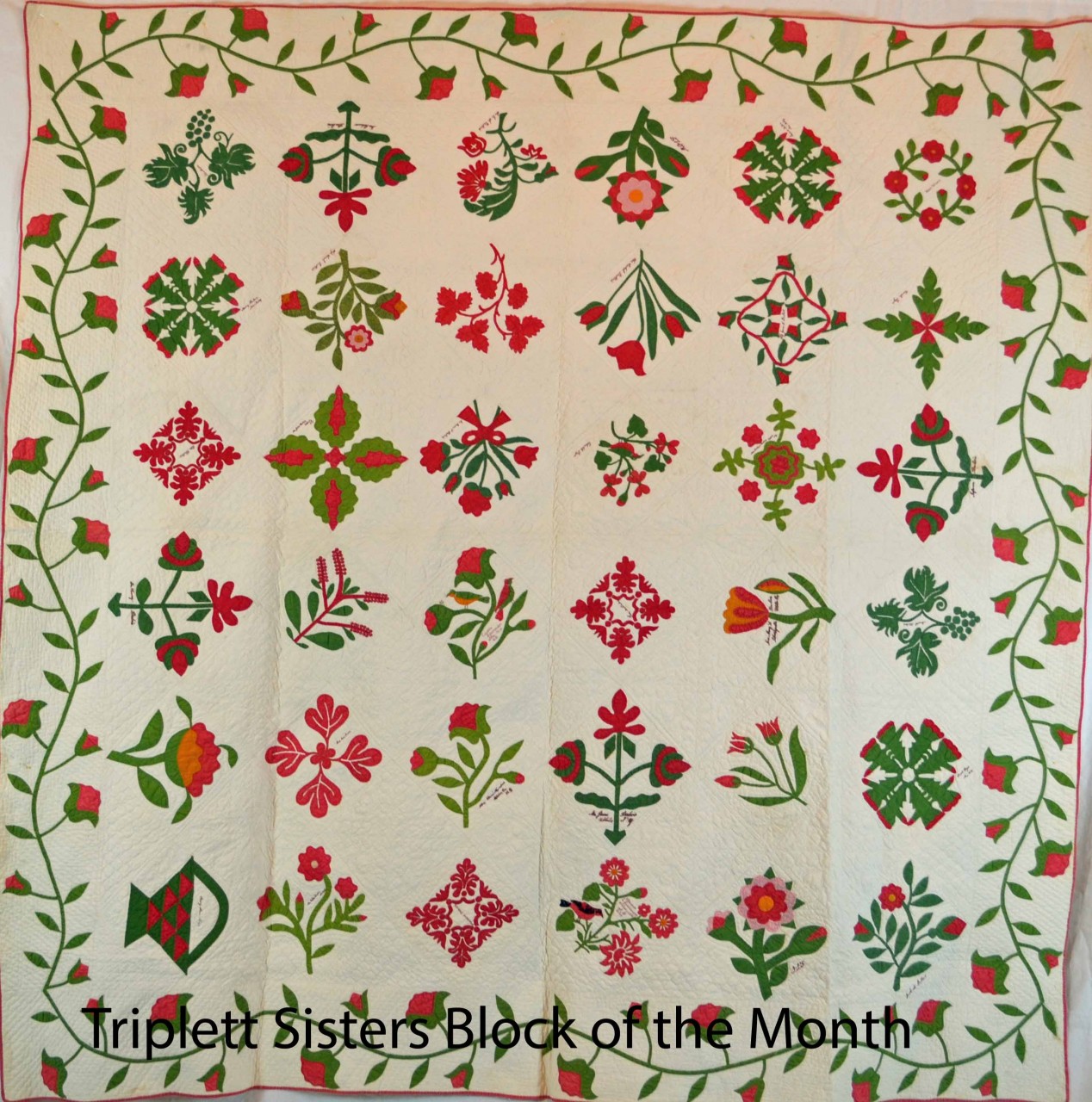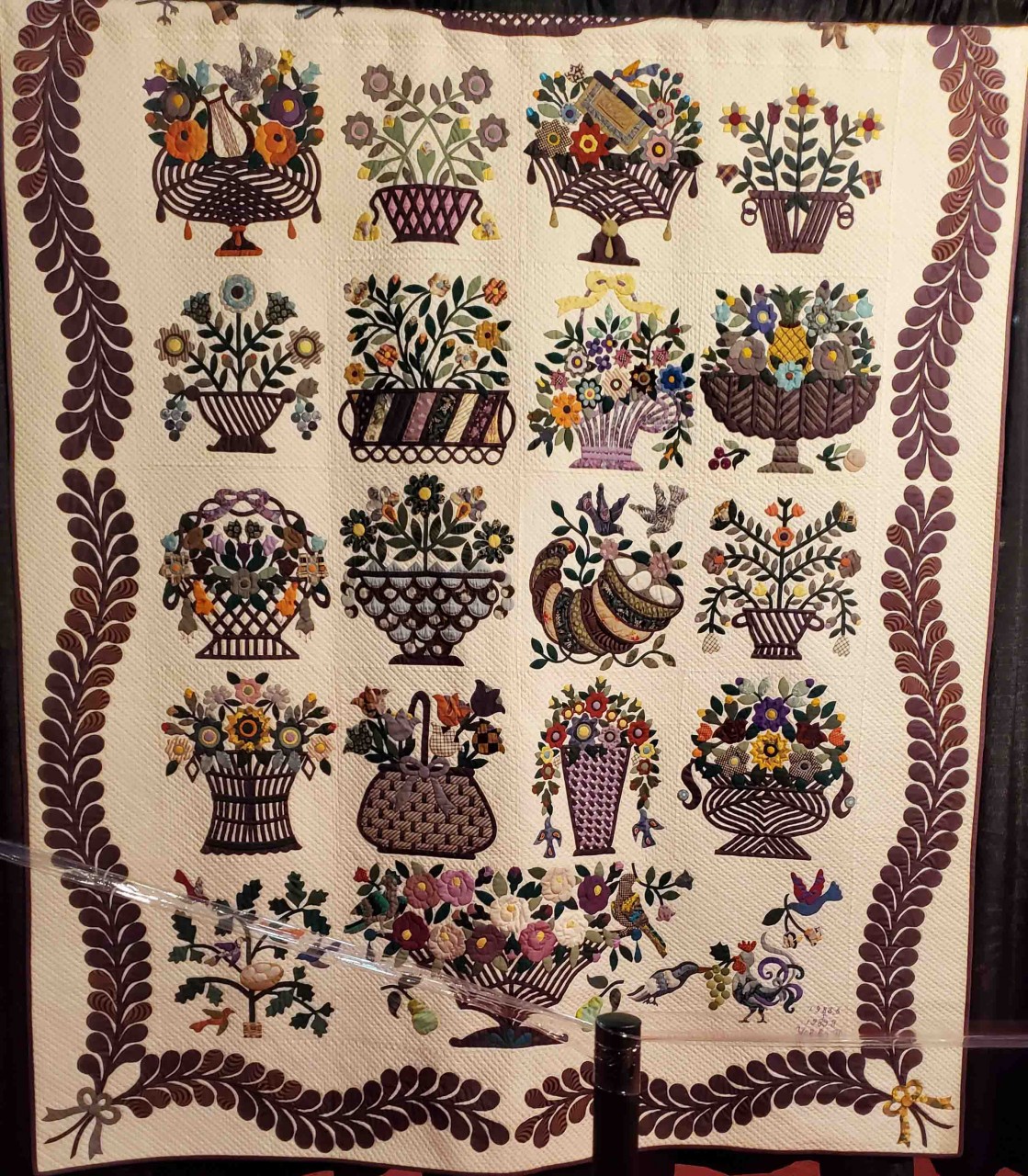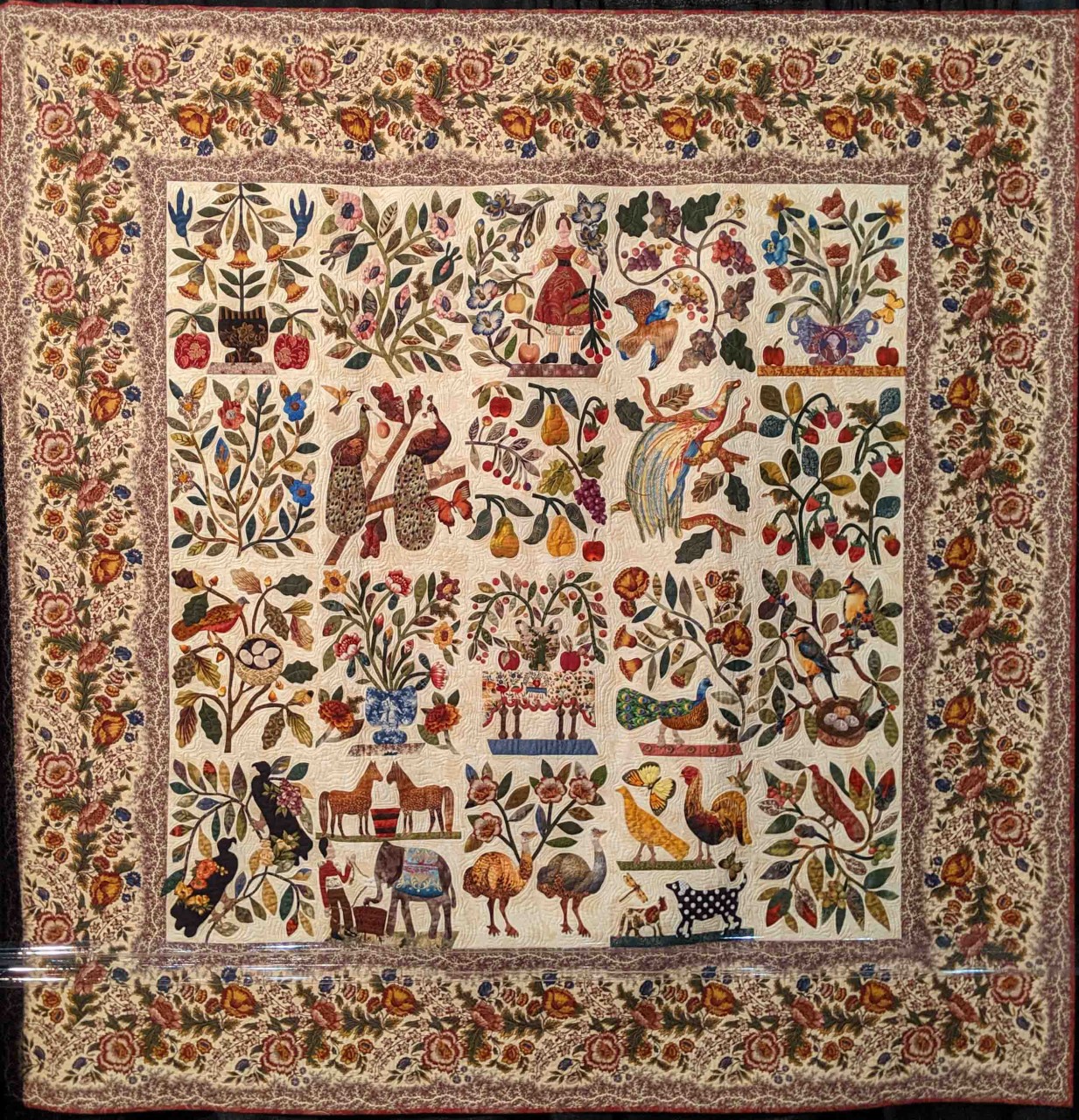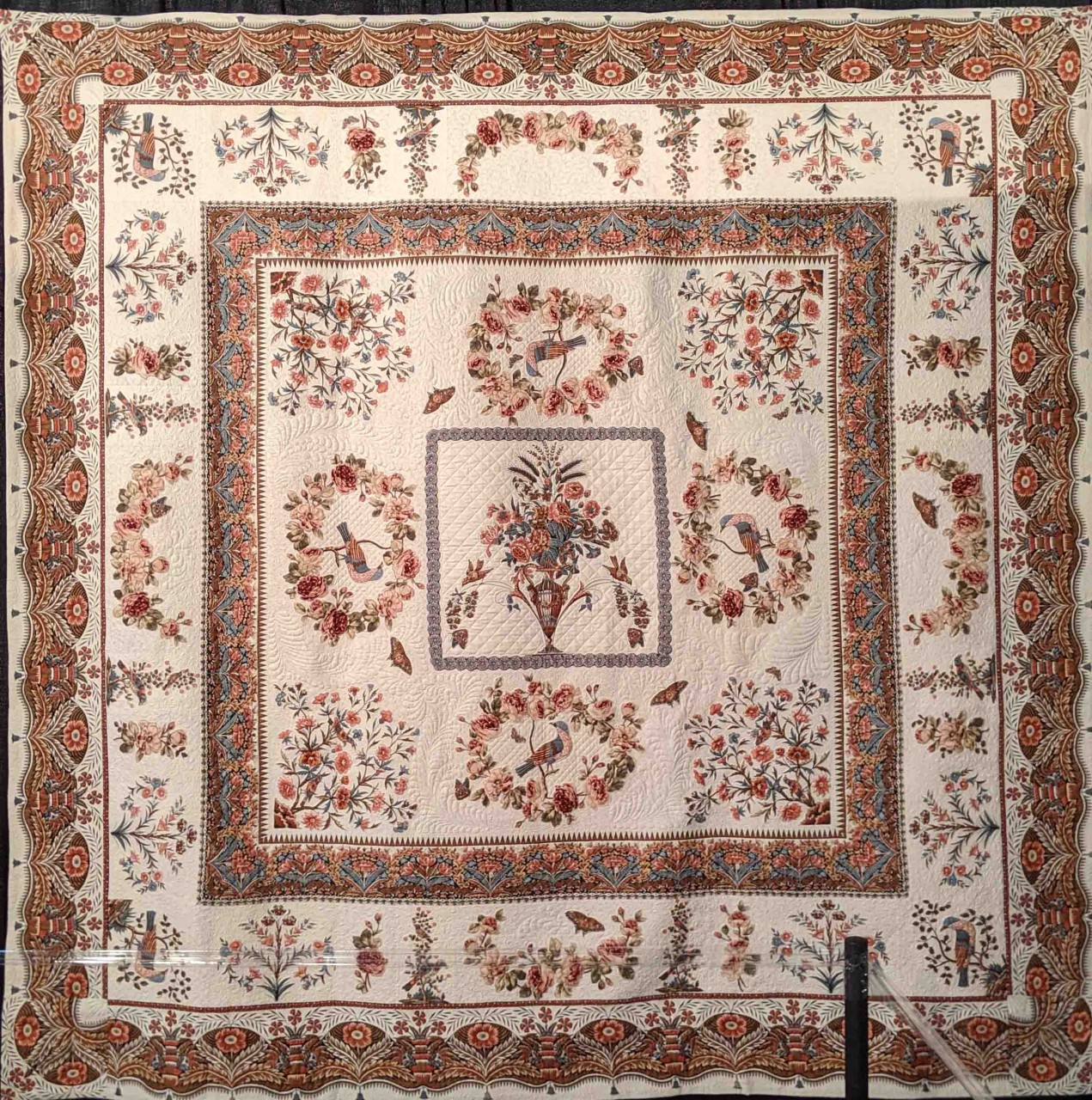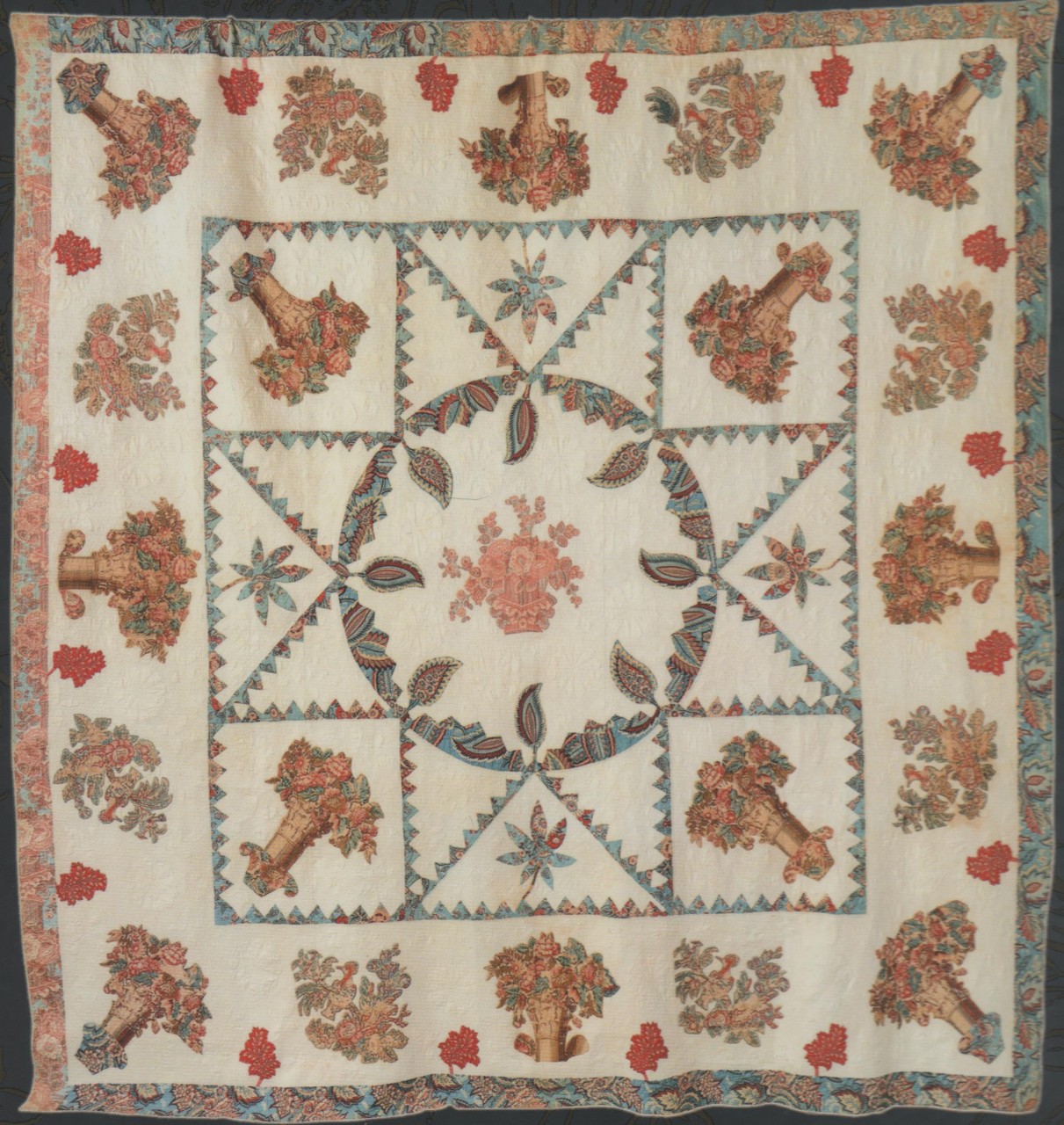
Today I have some exciting news to share that has been a huge secret. Multiple years ago, to launch our book Chintz Quilts from the Poos Collection, we presented an exhibition of these amazing quilts at Carrefour European Patchwork in Saint Marie Aux Mines, France. It is a wonderful quilt show spread out between little villages in the mountains. My sister Kay and I had a great time at our Chintz Quilts from the Poos Collection exhibition signing our new book and giving a gallery talk. We were joined by co-author Xenia Cord who also sat with us to sign books. Our book included a detailed history section, as well as fabulous full quilt photos and detail shots. There are 36 quilts in the book and to learn more about the quilt photos in the blog,...


